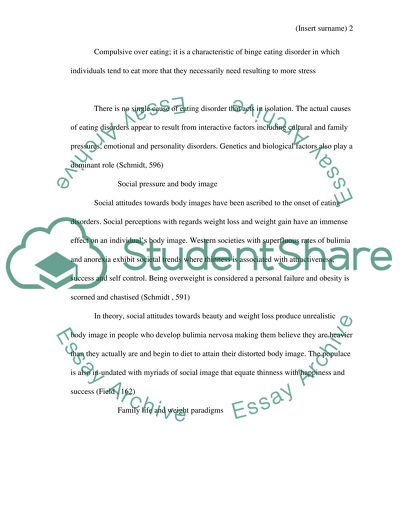Cite this document
(“'no single aetiological factor in isolation can account for the Essay”, n.d.)
Retrieved from https://studentshare.org/psychology/1595231-no-single-aetiological-factor-in-isolation-can-account-for-the-development-of-eating-disorders-discuss
Retrieved from https://studentshare.org/psychology/1595231-no-single-aetiological-factor-in-isolation-can-account-for-the-development-of-eating-disorders-discuss
('No Single Aetiological Factor in Isolation Can Account for the Essay)
https://studentshare.org/psychology/1595231-no-single-aetiological-factor-in-isolation-can-account-for-the-development-of-eating-disorders-discuss.
https://studentshare.org/psychology/1595231-no-single-aetiological-factor-in-isolation-can-account-for-the-development-of-eating-disorders-discuss.
“'No Single Aetiological Factor in Isolation Can Account for the Essay”, n.d. https://studentshare.org/psychology/1595231-no-single-aetiological-factor-in-isolation-can-account-for-the-development-of-eating-disorders-discuss.


